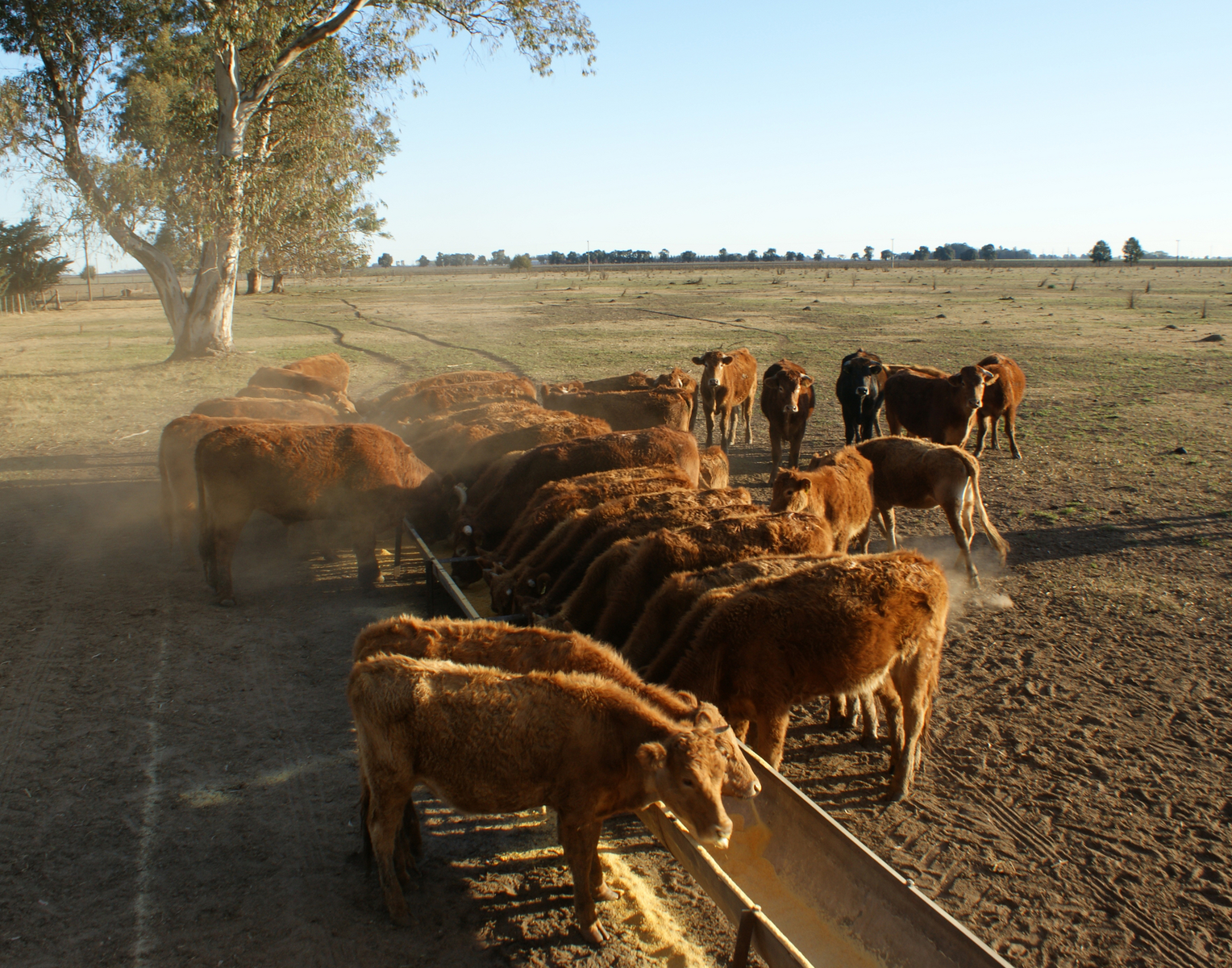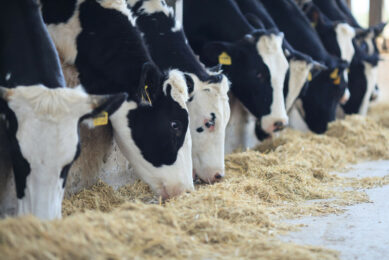Antibiotic resistance genes travel downwind

How do antibiotic resistance genes get from a cattle feedlot into the human environment and natural environment? These genes seem to travel downwind, carried by dust in the air.
This was shown by Texas Tech University in the US after studying air samples upwind and downwind of feedlots in the Southern High Plains.
Determine the source
After analysis of the dust in the air samples, they found greater amounts of bacteria, antibiotics and DNA sequences responsible for antibiotic resistance downwind of the feedlots compared to upwind, which helped scientists determine the source of the materials they found.
Better clarity on transmission
“Microbes are pretty promiscuous with their genetic information, and they share it across species fairly easily. We know it’s there. We know what causes it, but we don’t have a really good handle on how it’s transmitted and how it moves in the environment. This is an attempt to provide better clarity on that issue”, researcher Phil Smith said.
First study ever
The study was published online in the National Institutes of Environmental Science’s peer-reviewed journal, Environmental Health Perspectives. The research was funded through a grant from Texas Tech’s College of Arts and Sciences. It is the first study documenting aerial transmission of antibiotic resistance from an open-air farm setting.











